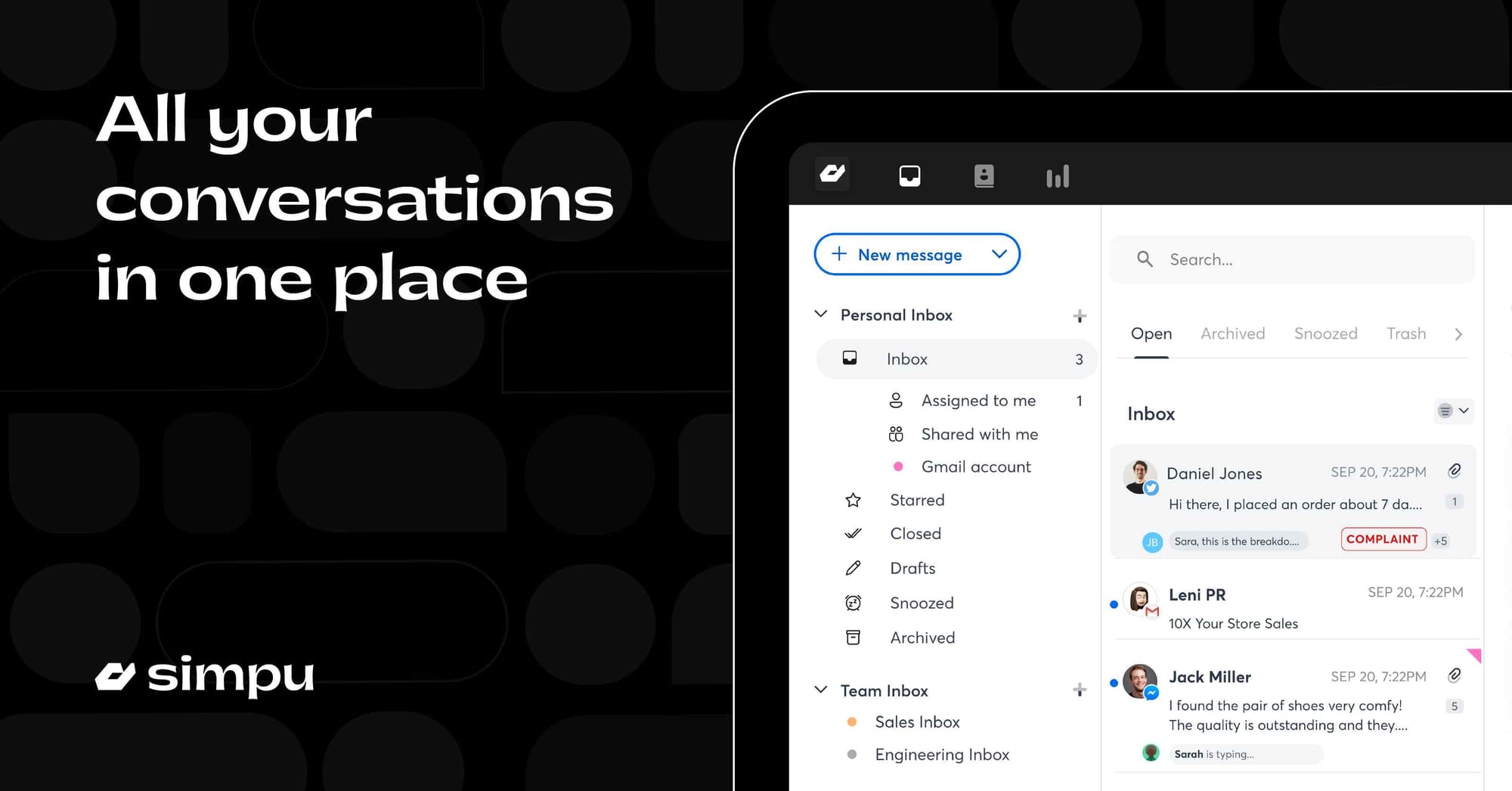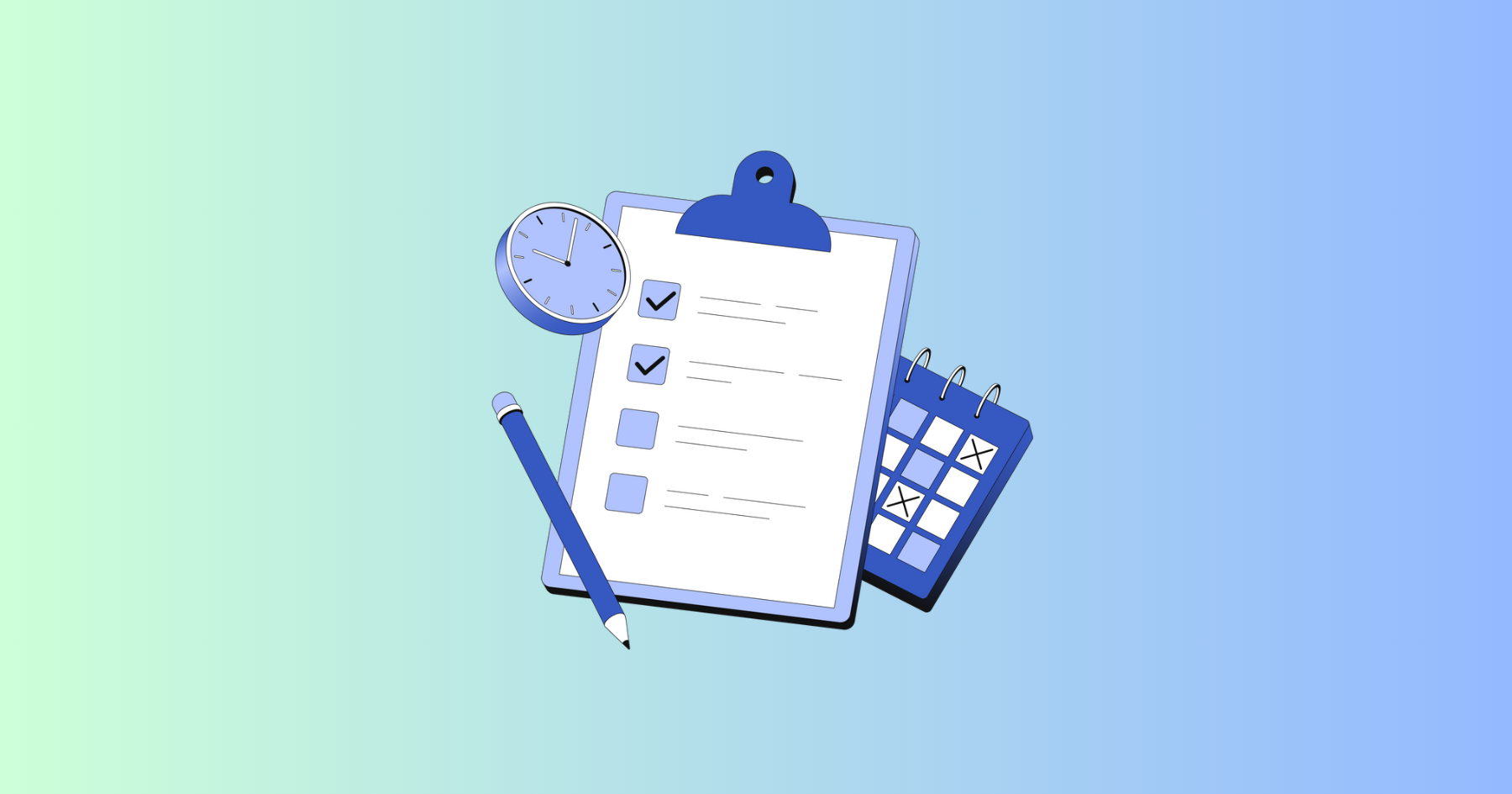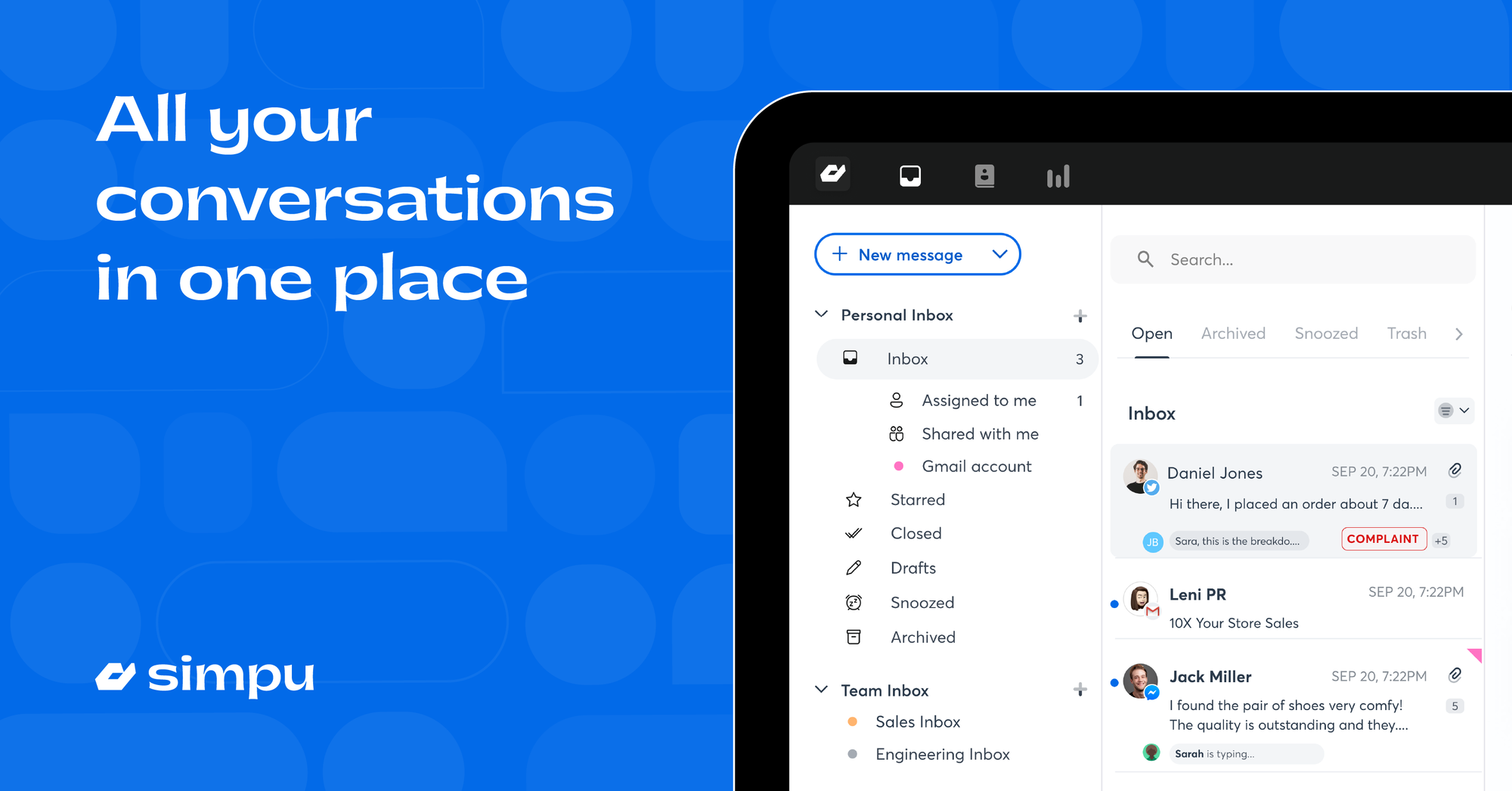Most people appreciate a personalized customer experience because it simply focuses on the things they care about. It makes their interaction with your company easier and more relevant.
Personalization can take various forms, including customized product recommendations, targeted emails/marketing campaigns, and dynamic website experiences.
These personalized touchpoints create a sense of relevance and value increasing satisfaction with the customer experience.
Personalization has become a buzzword in the world of marketing and for good reason. With the ability to tailor content and experiences to individual customers, personalization has the potential to improve engagement, increase conversions, and ultimately drive revenue.
Technology allows you to gather and process client data and use it to personalize communication, content, and offerings to align with individual preferences.
In this article, you’ll learn how to use technology to meet your business needs by providing a seamless personalized customer experience.

Inbox
Connect all your communication channels - email, SMS, Whatsapp, Instagram, Messenger, and Live Chat to one inbox.
Collecting and utilizing customer data for personalization.
Personalization is no longer an option but a necessity for customer experience leaders.
As customer expectations continue to rise, you must implement personalization to stay ahead of the competition and provide highly personalized customer experiences.
This, in turn, increases customer loyalty, customer retention, and sustainable competitive advantage.
How to collect customer data.
If you want to give every client a personalized customer service experience, you need to gather relevant information from various sources. Here are some common ways to collect client data:
- Online interactions.
Websites, mobile apps, and social media platforms are great sources of information. You can build comprehensive customer profiles by tracking website analytics, monitoring user behavior, and capturing customer information through registration forms or online surveys.
- Customer conversations.
The conversations clients have with customer service reps play a vital role in data collection. These interactions give you valuable insights into your customers’ preferences, pain points, and expectations.
- Purchase history.
Analyzing past purchase data allows you to understand customer buying patterns, identify cross-selling or upselling opportunities, and personalize future product recommendations.
- Demographic data.
Gathering demographic information such as age, gender, location, and occupation allows you to put your customers into categories. This helps you send more targeted marketing messages.
- Physical stores.
Businesses with brick-and-mortar locations can use point-of-sale systems and loyalty programs to capture data like purchase history, preferences, and contact information.

How to use customer data.
When you leverage client data, you can provide highly personalized customer experiences that meet customer expectations. This includes understanding what customers expect from you, their behavior, and needs to provide individualized messaging and contextual support.
Here's how to leverage customer data to provide a customized experience for each client.
- Map your customer journey.
Map out the entire customer journey to identify touchpoints where personalization can increase customer satisfaction. Interact and communicate with customers in a way that aligns with specific customer needs and expectations at each stage of the customer journey.
- Provide contextual support.
Utilize client information to provide contextual support across multiple channels. Use past interactions and customer purchase history to offer proactive and relevant assistance on their preferred channels.
- Send personalized messages.
Send individualized messages that are tailored to each customer's preferences, whether it's through personalized emails, targeted offers, or customized content.
- Create self-service portals and a knowledge base.
Use client data to create self-service portals and a knowledge base that offers relevant information and solutions.
- Use analytics.
Advanced analytics tools will help you segment customers based on their preferences, behaviors, and demographics. You can focus your marketing spend and communication strategies on these segments to provide personalized customer service.
Best practices for capturing and storing customer data.
To build trust with customers and ensure the ethical use of their data, it's essential to follow best practices to capture and store data. Here are some basic rules to follow:
- Transparency and consent.
Communicate your data collection practices to customers, and obtain their explicit consent before collecting any personally identifiable information. Provide options for customers to opt in or opt out of data collection.
- Keep your client data safe.
Implement robust security measures to protect your customer’s information from unauthorized access, breaches, or misuse. You can use encryption, secure servers, and regular data backups to keep sensitive information safe.
- Keep data to a minimum.
Collect only the necessary data required to provide a more personalized customer experience. Avoid collecting excessive or irrelevant information to respect customer privacy.
- Comply with regulations.
Stay up-to-date with data protection regulations and ensure compliance with laws like GDPR (General Data Protection Regulation) or NDPR (Nigeria Data Protection Regulation).
- Keep them anonymous.
Whenever possible, keep client data anonymous to protect individual privacy while still collecting the most useful information.
Implementing personalization technologies.
To meet and exceed customers' expectations, companies are turning to a range of innovative technologies. Here are some core elements of how to use technology to revolutionize your business's entire customer experience.
Customer relationship management (CRM) systems for centralized data management.
Implementing a robust CRM system is the first step toward achieving personalized experiences. CRM systems allow you to track and analyze data including interactions, purchases, and preferences from various communication channels.
This gives you the right data points to personalize customer experiences, tailor product or content suggestions, and provide personalized customer service.
Having a centralized archive of customer information gives you valuable insights into customers, their behaviors, and their needs.
This data-driven approach enables you to tailor interactions and deliver personalized support throughout the customer journey.
Marketing automation tools for targeted and personalized communication.
Whether it's through email marketing, social media, or other channels, you can deliver tailored content and offers that resonate with your customers. This helps to increase customer satisfaction and engagement.
Marketing automation tools empower you to automate personalized experiences across multiple channels. Leveraging client data from CRM systems lets you send targeted messaging based on individual preferences and behaviors.
You can segment your customer base and create targeted campaigns that cater to individual customers' needs and preferences.
This approach enables you to deliver the right message to the right customer at the right time.
Artificial intelligence (AI) and machine learning for predictive and real-time personalization.
AI and machine learning technologies are revolutionizing the way businesses personalize customer experiences. They play a pivotal role in successful personalization strategies.
These technologies allow you to predict customer behavior, anticipate needs, and deliver personalized experiences in real time.
From product recommendations to dynamic pricing, AI-driven personalization enhances customer journeys and fosters deeper connections with both new customers and existing customers.
Personalization engines and recommendation systems for tailored product or content suggestions.
Personalization engines and recommendation systems utilize AI algorithms to deliver tailored product or content suggestions to every single customer. They are critical components of any personalization strategy.
The systems use AI and machine learning algorithms to analyze client data and suggest relevant products or content based on individual customer preferences. This makes the customer experience more intuitive and engaging.
By offering personalized suggestions, you can increase cross-selling and upselling opportunities, leading to higher satisfaction and more loyal customers.
Omnichannel platforms for seamless and consistent customer experiences across touchpoints.
Omnichannel platforms are essential for delivering seamless and consistent personalized experiences across various communication channels. These platforms enable you to deliver personalized customer service on channels, including email marketing, SMS, social media, and chatbots.
They allow you to maintain a unified view of each customer's journey, ensuring that interactions and messaging are consistent and synchronized.
Whether customers choose to engage through a website, mobile app, social media, or physical stores, an omnichannel approach allows you to provide a cohesive and personalized experience that aligns with your client’s expectations.
Customizing customer interactions at scale.
Customizing customer interactions at scale involves using various strategies and technologies to create a customized experience throughout the customer journey.
Here, we will look at five essential methods for achieving personalized customer interactions that delight customers and drive business success.
- Creating personalized email campaigns and messaging.
Email marketing remains a powerful tool for reaching customers directly. Personalized email campaigns and messaging can help you connect with your customers on a deeper level.
Tailoring email content, subject lines, and offers based on customer demographics, purchase history, and browsing behavior, can significantly increase your open rates, click-through rates, and conversions.
- Website personalization techniques.
Website personalization techniques, such as dynamic content and personalized recommendations, can help you deliver a more personalized customer experience to your customers. Implementing personalization technologies allows you to deliver tailored content to each visitor, creating a more engaging and relevant website experience.
Dynamic content allows you to customize web pages based on individual customer context, such as location, past purchases, or browsing history.
By showing targeted product recommendations, related content, and personalized offers, you can provide a customized experience and increase conversions.
- Using chatbots and virtual assistants.
Chatbots and virtual assistants provide interactive and personalized customer support, improving response times and enhancing overall customer satisfaction. These intelligent systems leverage customer data and conversational AI to deliver customized responses, tailored recommendations, and guided assistance.
You can create chatbots and virtual assistants that understand your customer's needs and preferences. By understanding each customer, chatbots can help customers find products, answer common questions, and provide support 24/7.
They can also seamlessly escalate complex issues to human agents, ensuring a smooth transition between automated and human-assisted customer interactions.
- Implementing personalized loyalty programs and rewards.
Implementing personalized loyalty programs and rewards helps you deepen your relationships with customers and increase customer loyalty. Create customized rewards that align with each customer's interests and preferences.
You can use data and insights to tailor rewards, offers, and recommendations based on individual preferences and behaviors. This level of personalization not makes customers happy but also encourages repeat purchases and advocacy.
Customized loyalty programs help you gather valuable customer feedback, allowing for continuous improvement and refinement of the personalized experience.
- Personalizing offline interactions.
While digital channels dominate customer interactions, offline touchpoints such as in-store experiences or call center interactions still play a significant role in many industries.
Using data-driven insights to personalize offline interactions, such as in-store or call center experiences, can help you create a customized customer experience.
For example, client data can inform personalized greetings, tailored product recommendations, or customized service offerings.
This data-driven personalization bridges the gap between online and offline experiences, providing a seamless and consistent customer journey.
Monitoring and measuring personalization effectiveness.
How do you know if your personalization efforts are effective? To ensure that personalization efforts are effective and impactful, you need to establish a framework for monitoring and measuring their success.
Here are three essential points for monitoring and measuring the effectiveness of personalization strategies.
Establishing key performance indicators (KPIs).
To effectively monitor personalization effectiveness, you should establish clear and measurable KPIs. These KPIs should be specific metrics that serve as benchmarks for evaluating the impact of personalized experiences on various aspects of the customer journey.
Some common KPIs include:
- Conversion rate.
This measures the percentage of visitors who complete a desired action, such as making a purchase, signing up for a newsletter, or downloading content.
By comparing conversion rates between personalized and non-personalized experiences, you can assess the effectiveness of personalization in driving desired outcomes.
- Engagement metrics.
Higher engagement levels indicate that personalization efforts are resonating with customers and capturing their attention.
Analyze metrics such as time spent on a page, click-through rates, and bounce rates to evaluate how personalized experiences impact customer engagement.
- Customer lifetime value (CLV).
This measures the total value a customer brings to your business over their lifetime.
By comparing the CLV of customers who have had a personalized customer experience with those who haven't, you can determine if personalization contributes to higher customer loyalty.
- Net promoter score (NPS).
Regularly collect feedback to gauge their satisfaction levels and likelihood to recommend your business.
By comparing NPS scores between personalized and non-personalized interactions, you can assess the impact of personalization on customer loyalty and advocacy.
Analyzing customer feedback and engagement metrics.
Once you have established your KPIs, it's important to analyze feedback and engagement metrics to assess the impact of your personalization efforts.
Customer feedback is a valuable source of insights for evaluating the effectiveness of the personalized customer experience.
Monitor and analyze feedback channels such as surveys, reviews, and social media to understand how customers perceive personalized experiences. Look for patterns and trends in customer sentiment and identify areas where personalization efforts excel or fall short.
Analyze engagement metrics associated with personalized experiences. Track click-through rates, time spent on personalized pages, and the impact on conversion rates.
These metrics help you identify which personalization tactics are resonating with customers and which may require refinement.
Continuously optimizing and refining personalization strategies.
Finally, it's important to continuously optimize and refine your personalization strategy based on insights and feedback.
Monitoring and measuring personalization effectiveness should be an ongoing process. Regularly review the data collected from customer feedback, engagement metrics, and KPIs to identify areas for improvement. Look for patterns and trends that can guide optimization efforts.
Experiment with different approaches, test variations, and measure their impact on customer engagement and desired outcomes.
Continuously refine personalization tactics so they align with evolving customer preferences and deliver the best possible experience.
Examples.
Netflix
Netflix has taken personalization to the next level. The streaming service uses customer data to create personalized recommendations for movies and TV shows.
By analyzing viewing history, Netflix can identify patterns and suggest new content to customers that they are likely to enjoy. According to a survey by the company, 75% of viewing activity is driven by recommendations.
Testimonial: "I love how Netflix understands my tastes and recommends shows and movies that I genuinely enjoy. It's like having a personalized TV channel just for me!" - Sarah, Netflix subscriber.
Amazon
Amazon is known for its personalized recommendations and product suggestions. The e-commerce giant uses customer data to suggest products that customers might be interested in based on their browsing and purchasing history.
Their technology-driven approach, which includes AI-powered recommendations, personalized emails, and targeted advertisements, ensures that customers receive relevant and timely information based on their browsing and purchasing history.
By providing tailored experiences, Amazon has witnessed a substantial increase in customer satisfaction and sales. According to a study conducted by Mckinsey, 35% of what consumers purchase on Amazon comes from product recommendations.
Testimonial: "Amazon never fails to surprise me with personalized product recommendations. They truly understand my preferences and make shopping much easier!" - John, Amazon customer.
In conclusion, when customers feel that their needs and preferences are being catered to, they are more likely to return to your business and recommend it to others.
You need the right technology to gather and analyze this data for personalized customer experiences to be executed correctly. Technology empowers most companies to meet customers at their exact point of need through product recommendations to customized marketing campaigns and proactive support.
Having access to the relevant data point helps support representatives understand a customer's history and preferences before addressing their concerns. This knowledge empowers your support team to provide more efficient and personalized solutions, leading to faster resolution times and increases customer satisfaction.

Shared Inbox
Connect all your communication channels - email, SMS, Whatsapp, Instagram, Messenger, and Live Chat to one inbox.








